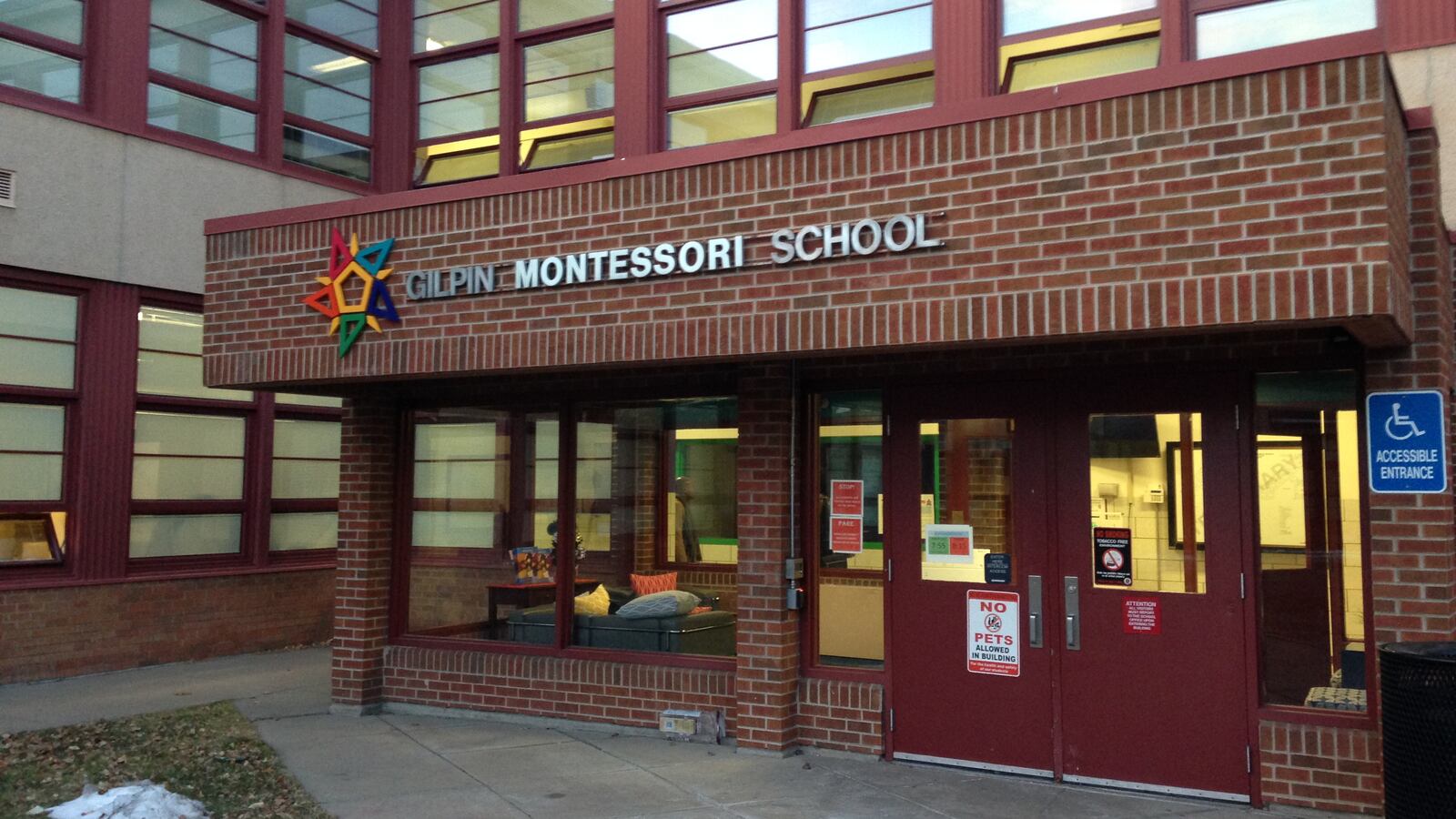Seven Denver schools have applied to locate their programs in the northeast Denver school building that until this spring housed Gilpin Montessori elementary school.
They include six charter schools and one district-run school. Four of the seven are already operating in other buildings. The other three programs are not yet open.
In a gentrifying city where real estate is at a premium and the number of existing school buildings is limited, securing a suitable location that affords enough room to grow is one of the biggest hurdles new schools face.
Every year, Denver Public Schools solicits applications from schools seeking to use its available buildings. The process for the former Gilpin building is separate; the school board is expected to vote in December on a program or programs to take up residence in fall 2018.
The seven applicants are:
Compassion Road Academy, a district-run alternative high school currently located near West 10th Avenue and Speer Boulevard that had 172 students last school year.
The Boys School, an all-boys charter middle school that opened this year with 87 sixth-graders in rented space in a northwest Denver church and plans to add more grades.
Denver Language School Middle School, a K-8 charter school that served 715 students — 101 in middle school — last year and is currently split between two campuses in east Denver.
Colorado High School Charter GES, a charter alternative high school that opened this year in west Denver. It is the charter’s second campus in the district.
Downtown Denver Expeditionary School Middle School, a charter school that served 402 kindergarten through fifth-graders last year in the building that houses DPS headquarters. It is approved to serve grades 6, 7 and 8, as well, but has not yet opened a middle school program.
5280 High School, a charter high school approved but not yet open that plans to emphasize hands-on learning and would also offer a program for students in recovery from addiction, eating disorders and other challenges.
The CUBE, a personalized learning charter high school approved but not yet open.
The district is currently reviewing the applications to make sure they meet the initial criteria it set, said DPS spokeswoman Alex Renteria: The schools must be currently operating or previously approved secondary schools with enrollments of 600 students or fewer.
Community meetings scheduled for Nov. 18 and Dec. 2 will provide an opportunity for community members to meet the applicants and “provide feedback on their alignment with the community priorities,” according to a district presentation. Community priorities are one of the measures by which the applicants will be judged, the presentation says. The others are academic performance, facility need and enrollment demand, it says.
A facility placement committee will review the applications and make a recommendation to Superintendent Tom Boasberg the week of Dec. 11, Renteria said. Boasberg is expected to make his recommendation Dec. 18 to the school board, which will vote Dec. 21.
The committee will include five district staff members and four community members, including two from the neighborhood, Renteria said. Applications from community members to serve on the committee are due Tuesday, and members will be selected by Friday, she said.
The Gilpin building is available because the elementary school that previously occupied it closed at the end of last school year. Using a district policy to close schools with low test scores and lagging academic growth, the school board voted last December to permanently shutter Gilpin Montessori and restart two other elementary schools: John Amesse and Greenlee.
The district’s rationale for closing Gilpin rather than restarting it with a new elementary program was based on enrollment: With just 202 students last year, it was the district’s second-smallest elementary school — and DPS enrollment projections showed further declines in the number of elementary-school-aged children in the neighborhood, which is gentrifying.
A recent analysis by the Denver Regional Council of Governments and the Piton Foundation’s Shift Research Lab showed a similar trend: rising home prices and rents, and a building boom that resulted in thousands of new housing units from 2012 to 2016 but just 23 new students.
Gilpin Montessori parents and community members rallied to save the school and have lobbied the district to keep an elementary school there.
Three programs serving students with special needs are temporarily using the building this year.

